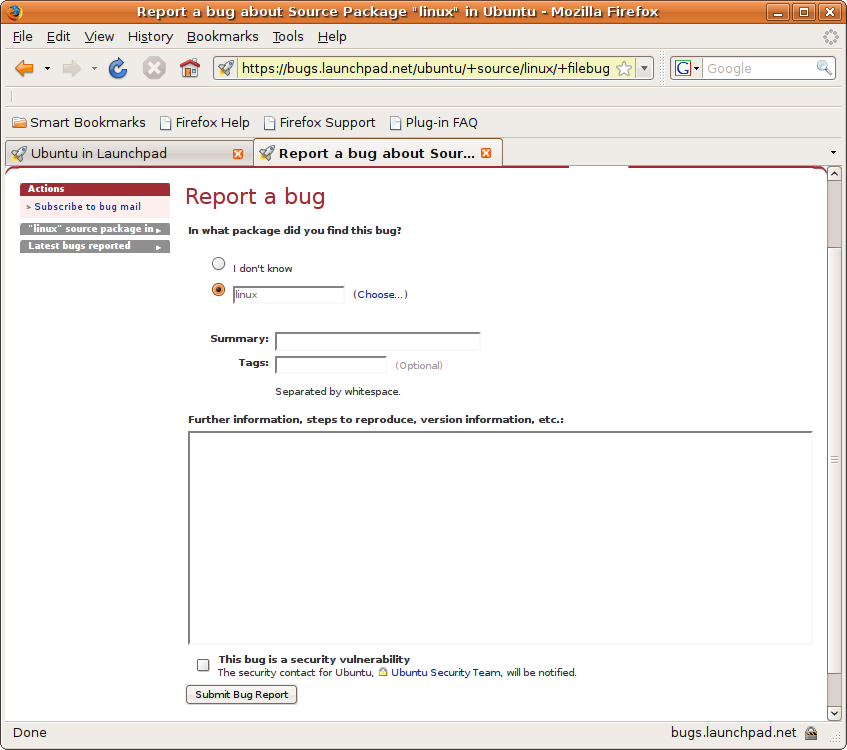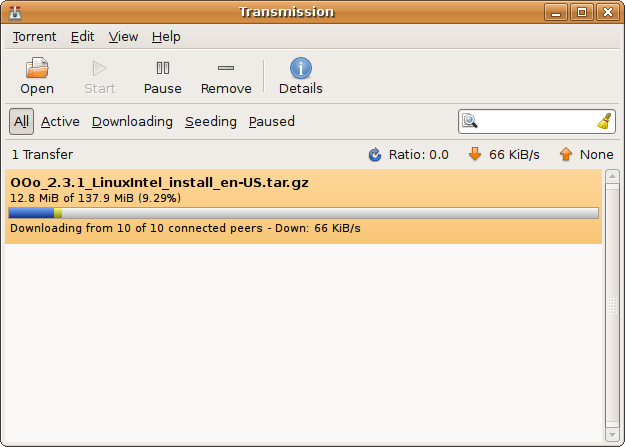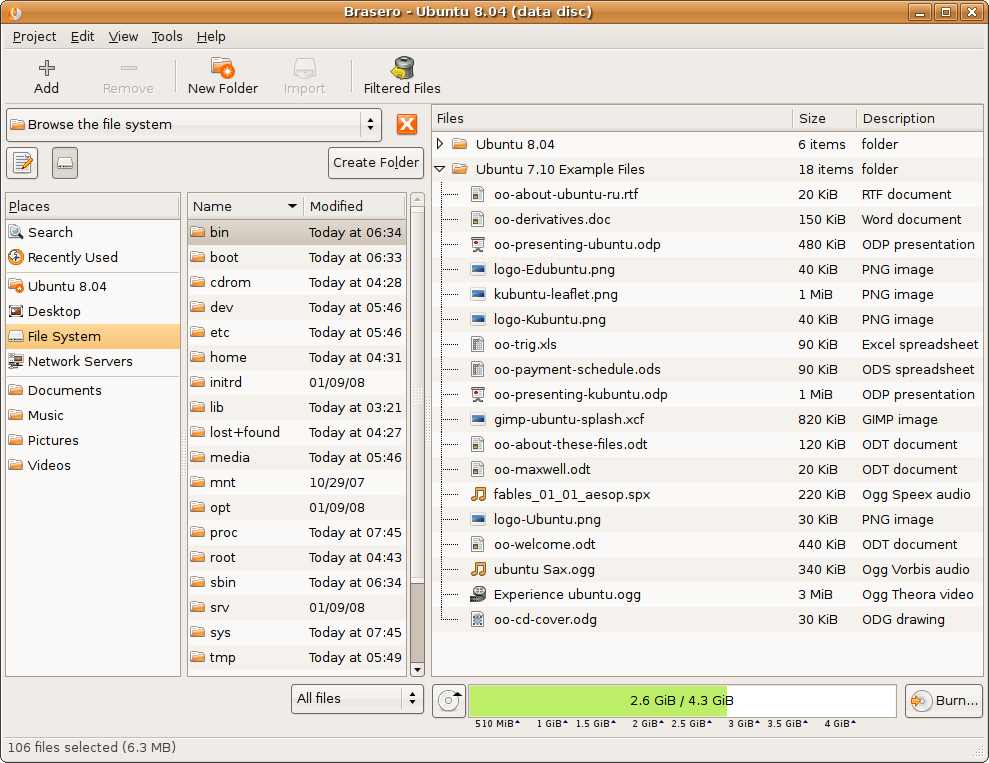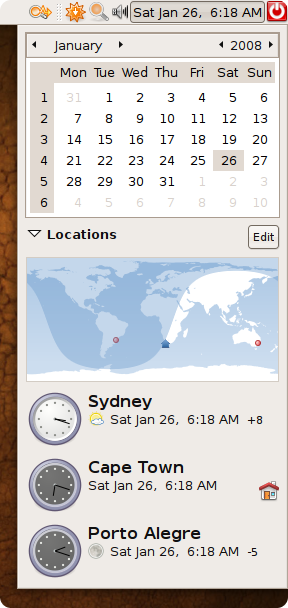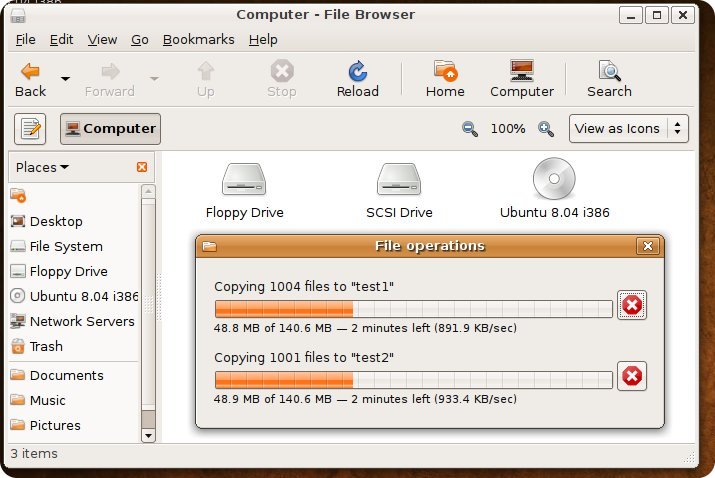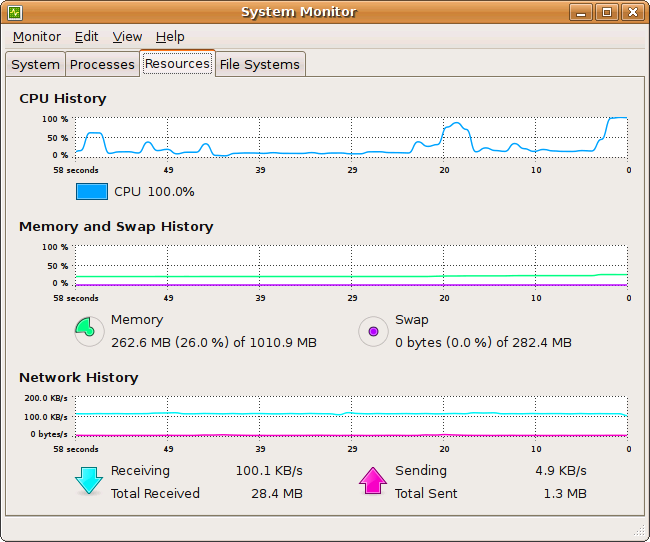Why Your Library Needs Open Source
A friend who is taking in the Special Libraries Association conference, sent me this article, based on a session at the conference.
Why Your Library Needs Open Source from LibLime.com.
Severe budget cuts. Increased demand for services. Lack of adequate staffing. Sound familiar? At LibLime, we realize that your library is facing these challenges--and we can help. We're not just your average library vendor in a highly competitive and heavily saturated market. We're different, our products are different and our business model is different. That difference is open-source.
Open source is the difference
Open source has been a buzzword in the library community for several years now. You've heard the hype: open-source software is free, more reliable, more secure, boasts faster development cycles, and is just plain cooler than proprietary software. Here are just a few of the reasons why open source is an especially attractive solution for libraries.
Reduce costs
Open-source software is free (visit our downloads page to see for yourself). You pay only for the product support and training (if any) that you need. When an open-source user sponsors development of new functionality, the whole community of users benefits. Software functions are paid for only once making open-source software extremely cost-efficient. Libraries using open-source software benefit from many advanced technology solutions that they otherwise could not afford to develop themselves yet they still have the option to steer development if they so desire. Moreover, since open-source software developers like LibLime use a business model that relies on providing support and training for software rather than selling the right to use the software, the per-library support costs go down. Just think how you can re-allocate monies currently tied up in high annual licensing fees.
Innovate and collaborate
Open source empowers libraries to innovate and collaborate. Not only can you download and use open-source software for free, you're free to alter it in any way you see fit, provided you redistribute the result for free. This isn't just a theoretical model: as you read this, libraries worldwide are actively involved in improving open-source software. In early 2002, the Nelsonville Public Library System (NPL) determined that in order to switch to Koha, an open-source ILS, they would need to sponsor development of two lacking features: MARC support and a Z39.50 server. At the time, NPL didn't have the resources to develop the MARC support in-house, so they hired a professional software developer, Paul Poulain (who was also the release manager for Koha 2.0). On the other hand, NPL did have the means to develop the Z39.50 server for Koha. Since NPL's contributions, many libraries have benefitted from the MARC support as well as the Z39.50 server for Koha. In turn, NPL would never have been able to sponsor those improvements had the stable code-base not been available. Libraries like NPL are collaborating together to develop software that suits them. You can too.
Choose your support
In a proprietary software development model, you pay high license fees to use the software. If your vendor isn't providing you with adequate support or isn't allowing you the freedom to customize and improve the software to meet your needs, switching vendors means switching software. And then there's the matter of migrating your data from one vendor to the next: with open-source software, since all you're paying for is support, switching to another service provider or migrating to an in-house solution is simple. In fact, at LibLime, if managing your library software in-house is an eventual goal we can help you achieve that goal. Further, an open-source software development model means that your data is YOUR data. Our customers have unfettered access to all of their data all of the time in standard formats at no additional charge.
The future is 'open'
Open source in libraries has its challenges as well. Till now, library software vendors have built their businesses around a proprietary software development model, and, as a result, libraries have been slow to adopt open source. Many libraries simply do not have the in-house expertise to support open-source software development, and also don't have the ability to train staff on the use of the new technologies. They rely on software vendors to provide them with solutions. This is where LibLime comes in. We're informing libraries about the superiority of the open-source development model so they can provide their patrons with better technology services, faster and cheaper. And we make it possible for vendor-reliant libraries to use open-source software by providing them with outstanding support and training options.
Open source is here. It's growing. You can be a part of it.
Labels: computers, open source


















